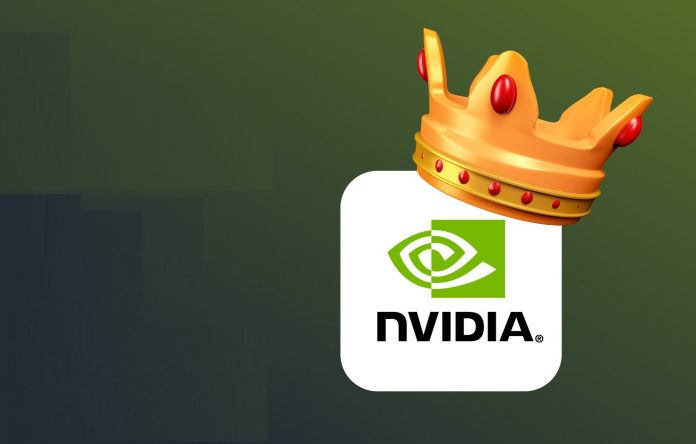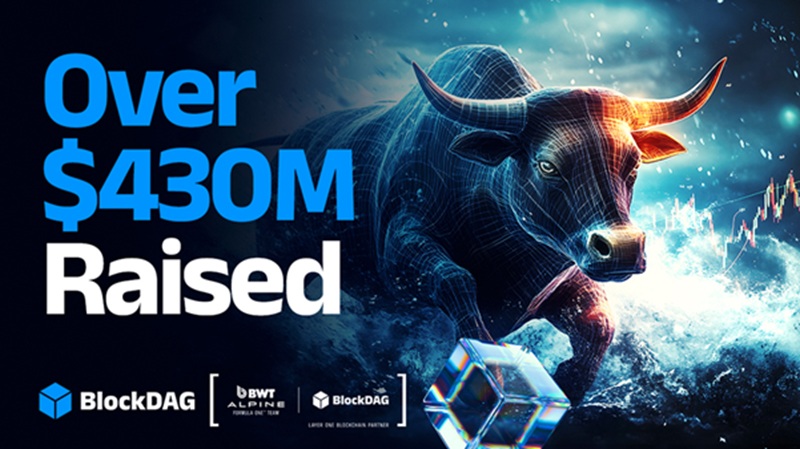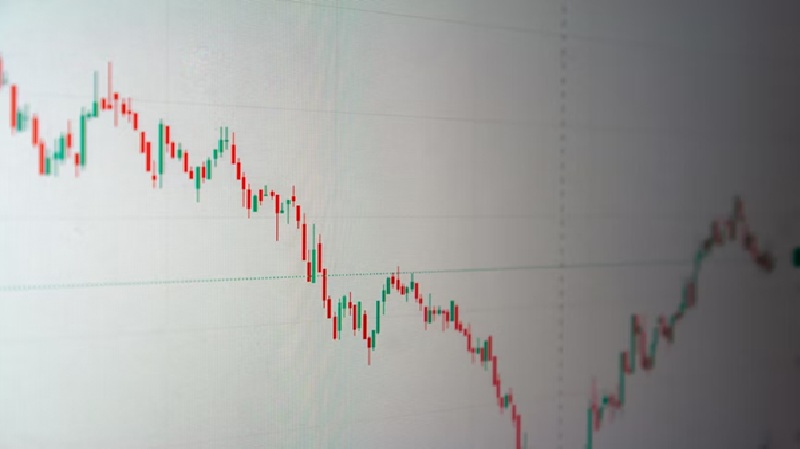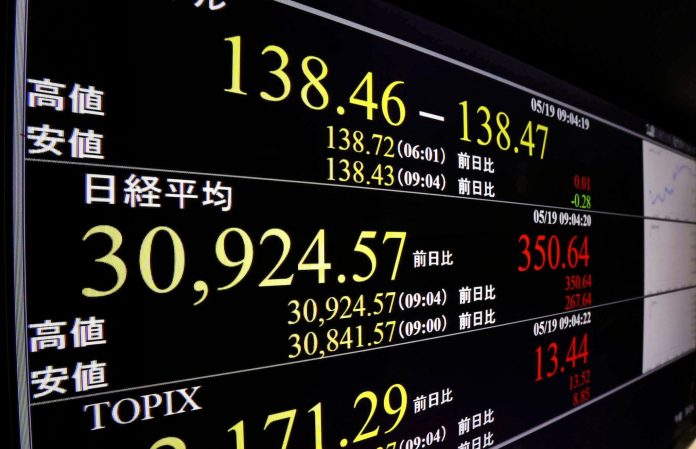NVIDIA (NVDA) has shattered records today, October 29, 2025, becoming the first publicly traded company ever to exceed a $5 trillion market capitalization. This milestone cements its dominance in the AI revolution, with shares surging as much as 5.6% to an intraday high of $212.19 during U.S. trading.
The rally pushed the stock to a fresh all-time high (ATH), outpacing even Bitcoin’s market cap by over 2.25x. At its peak today, NVIDIA’s valuation hit approximately $5.02 trillion, based on roughly 24.6 billion shares outstanding. This eclipses previous leaders like Apple and Microsoft, both of which recently crossed $4 trillion but remain behind.
NVDA is up about 50% in 2025 alone, with a staggering 18% gain YTD as of late October. From its 2023 lows, the stock has multiplied nearly 13x, driven by unrelenting demand for its GPUs in AI data centers.
A flurry of massive deals, including a $500 billion order backlog for its Blackwell and Rubin chip series—equivalent to 3x its current annual revenue.
CEO Jensen Huang’s ongoing spree of partnerships, with more expected from his South Korea trip, including sales of 18,000 advanced GB300 Blackwell chips to Saudi Arabia’s Humain for 500-megawatt data centers.
The NVIDIA Blackwell architecture, announced at GTC 2024 and named after mathematician David Blackwell, represents a major leap in GPU design, optimized for the “AI factory” era.
It succeeds the Hopper architecture and powers trillion-parameter large language models (LLMs) with up to 30x the performance and 25x the energy efficiency of its predecessor in key AI workloads.
Blackwell GPUs are built for generative AI training, real-time inference, data analytics, and high-performance computing (HPC), featuring groundbreaking innovations like dual-die unification and precision compute enhancements.
Blackwell’s core innovation is its dual-die GPU design, where two reticle-limited dies the maximum size lithographic tools can fabricate are linked via a 10 TB/s chip-to-chip interconnect to function as a single, cache-coherent GPU.
This overcomes traditional die-size limits while packing immense scale. All Blackwell products use TSMC’s custom 4NP process an enhanced 4N node for datacenter, with 4N for consumer variants, delivering 208 billion transistors per GPU—over 2.5x more than Hopper’s H100.
Core Technical Specifications
Blackwell’s specs vary by variant, but here’s a breakdown of the flagship datacenter GPUs. Consumer GeForce RTX 50-series and professional RTX PRO variants share the architecture but are tuned for gaming/neural rendering with GDDR7 memory instead of HBM.
Streaming Multiprocessors (SMs): Up to 192 SMs in flagship dies, with 256 CUDA cores per texture processing cluster (TPC) for a total of ~24,576–49,152 cores depending on configuration. Cache: 128 MB L2 cache on GB202 96 MB for RTX 5090; enhanced for AI workloads.
Interconnect: NVLink 5.0 enables 1.8 TB/s bidirectional GPU-to-GPU bandwidth 14x PCIe Gen5; supports clusters of 576 GPUs. Blackwell introduces six core technologies to accelerate AI reasoning and efficiency
Second-Generation Transformer Engine: Optimized for trillion-parameter LLMs, with support for FP4/NVFP4 precision new low-precision formats for 2x sparsity gains. Delivers up to 30x inference speedup on models like GPT-MoE-1.8T.
In the GB200 NVL72 rack, it achieves 65x the AI compute of Hopper systems, processing massive datasets 5x faster.Availability and VariantsDatacenter: B100/B200 shipping now (Q4 2024 start); GB200 in Q1 2025; full production ramping with $500B+ backlog.
Amid US-China tensions, NVIDIA is developing the B30A variant for China, a downgraded Blackwell chip compliant with export controls—featuring reduced performance ~half B300 power but still a big upgrade over the H20. Recent US-made wafers from TSMC’s Arizona fab mark a step toward domestic production.
Broader AI market growth projected at a 37% CAGR through 2030, supporting NVIDIA’s forecast of $170 billion in fiscal 2026 revenue up 30% from 2025’s $130.5 billion. Wall Street’s main indexes also notched record highs today, buoyed by NVIDIA’s momentum and anticipation of a Federal Reserve rate cut alongside Big Tech earnings.
Analysts are bullish: Bokeh Capital’s Kim Forrest called it a well-earned “victory lap” amid booming data center demand, while I/O Fund’s Beth Kindig eyes a $6 trillion cap by end-2026. The buzz is electric—traders are hailing it as “phenomenal” and a sign the AI party is far from over, with chatter linking it to surging AI coins and quantum computing tie-ins.
That said, not everyone’s popping champagne. Skeptics like Tuttle Capital’s Matthew Tuttle warn of risks if investors shift from “capacity announcements” to demanding real cash flows, potentially stalling the hyperscaler capex flywheel.
NVIDIA’s fabless model no in-house manufacturing keeps it agile but exposed to supply chain hiccups. If this holds, NVIDIA isn’t just riding the AI wave—it’s building the surfboard.










